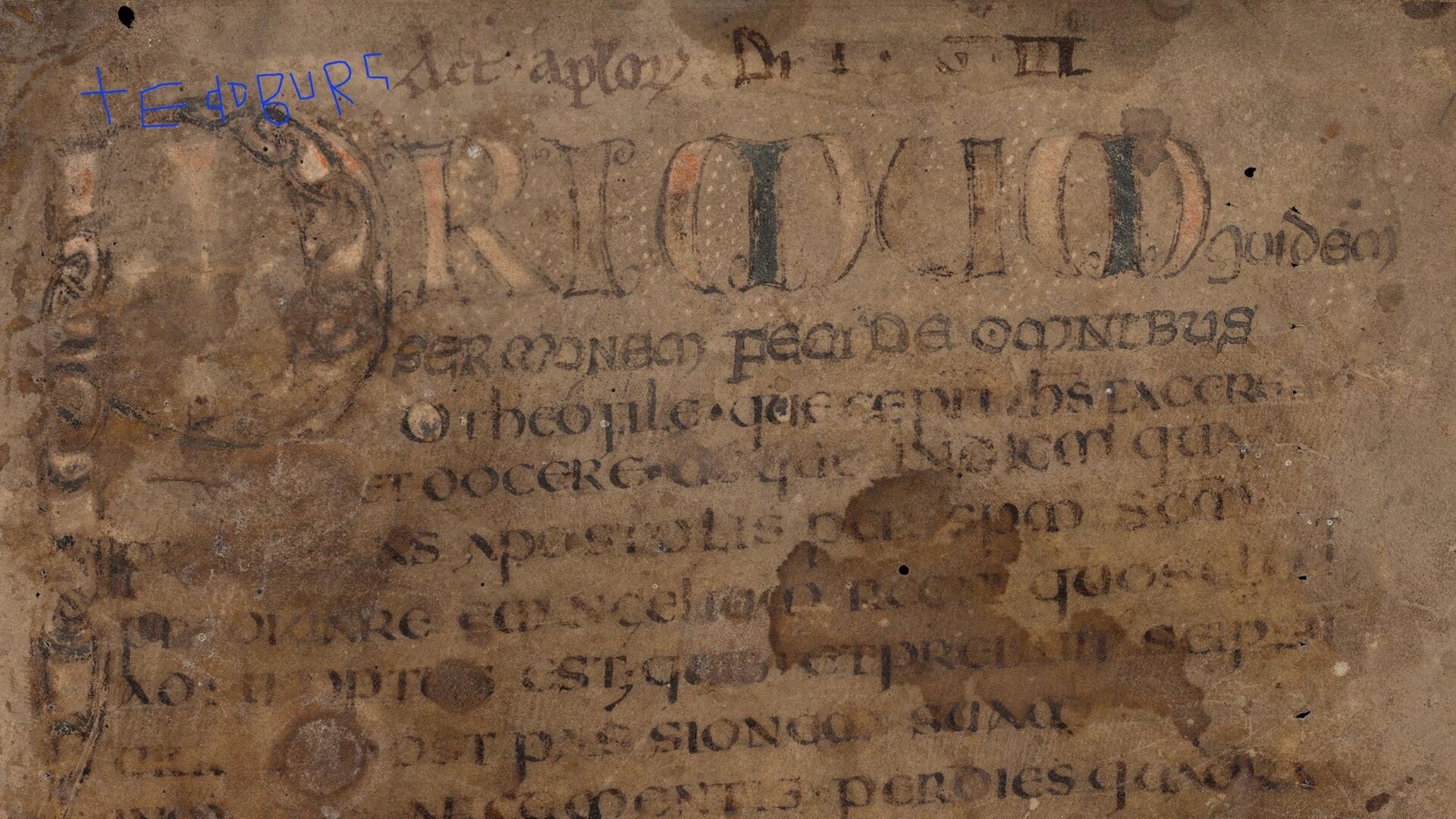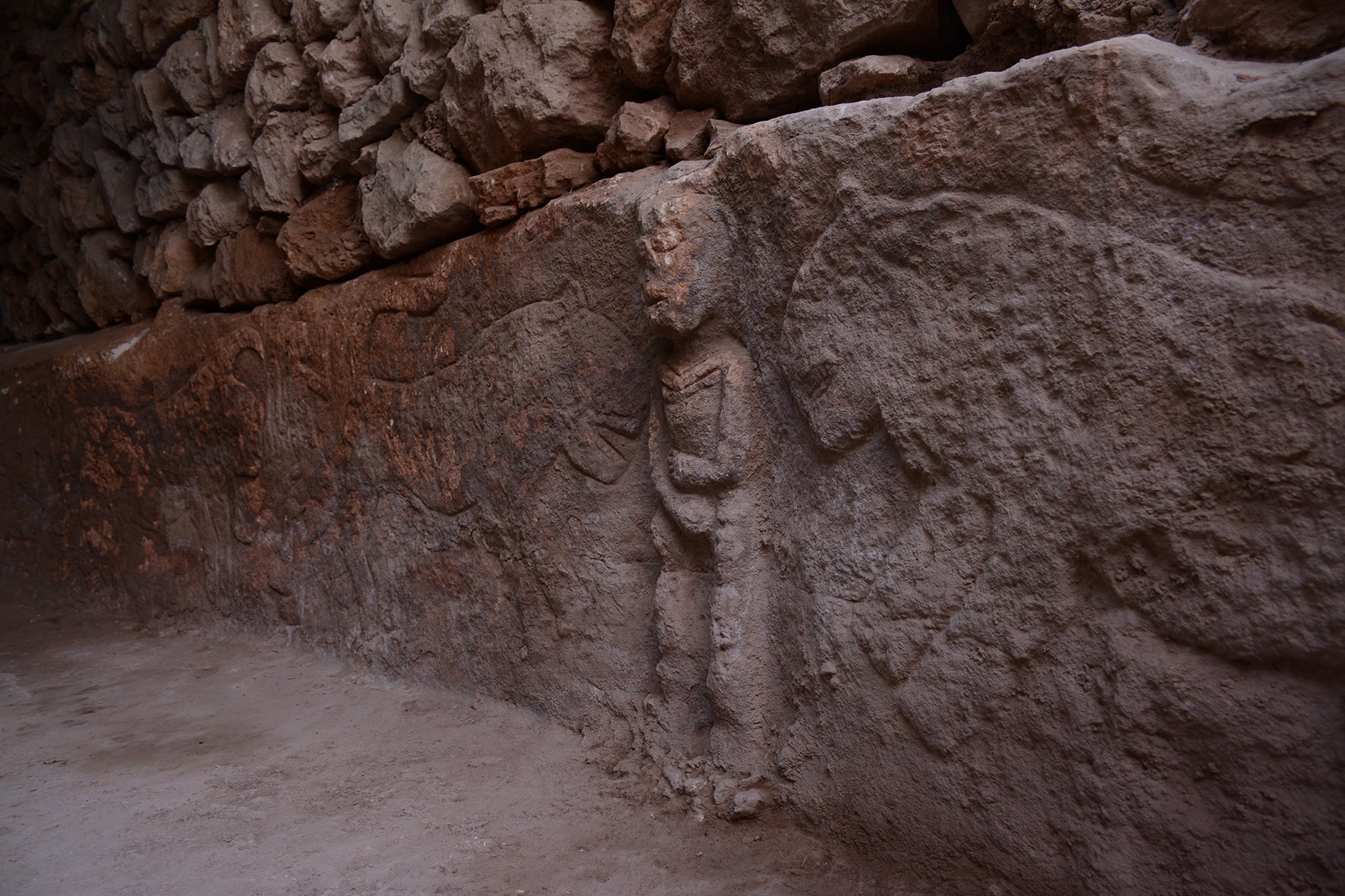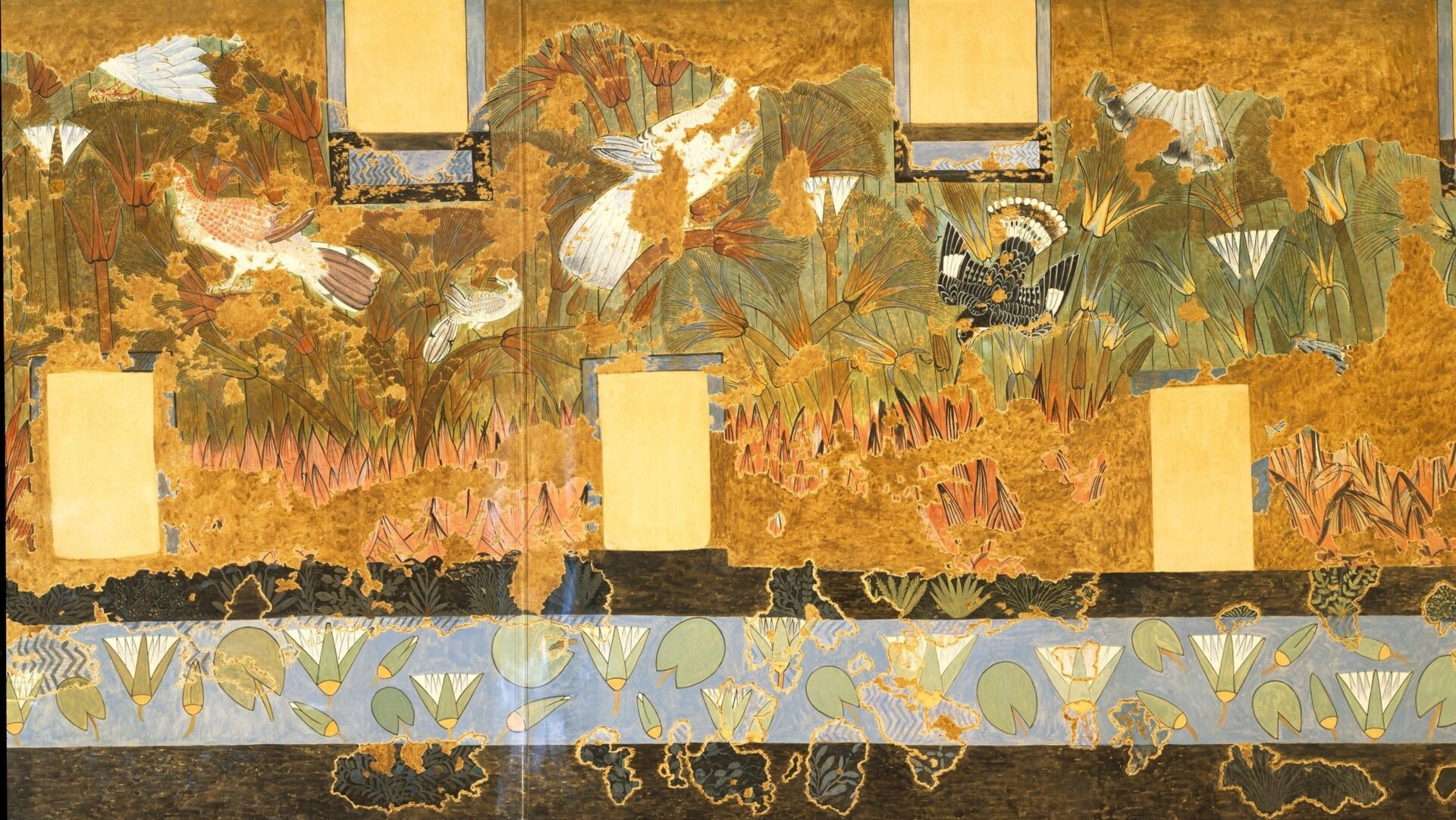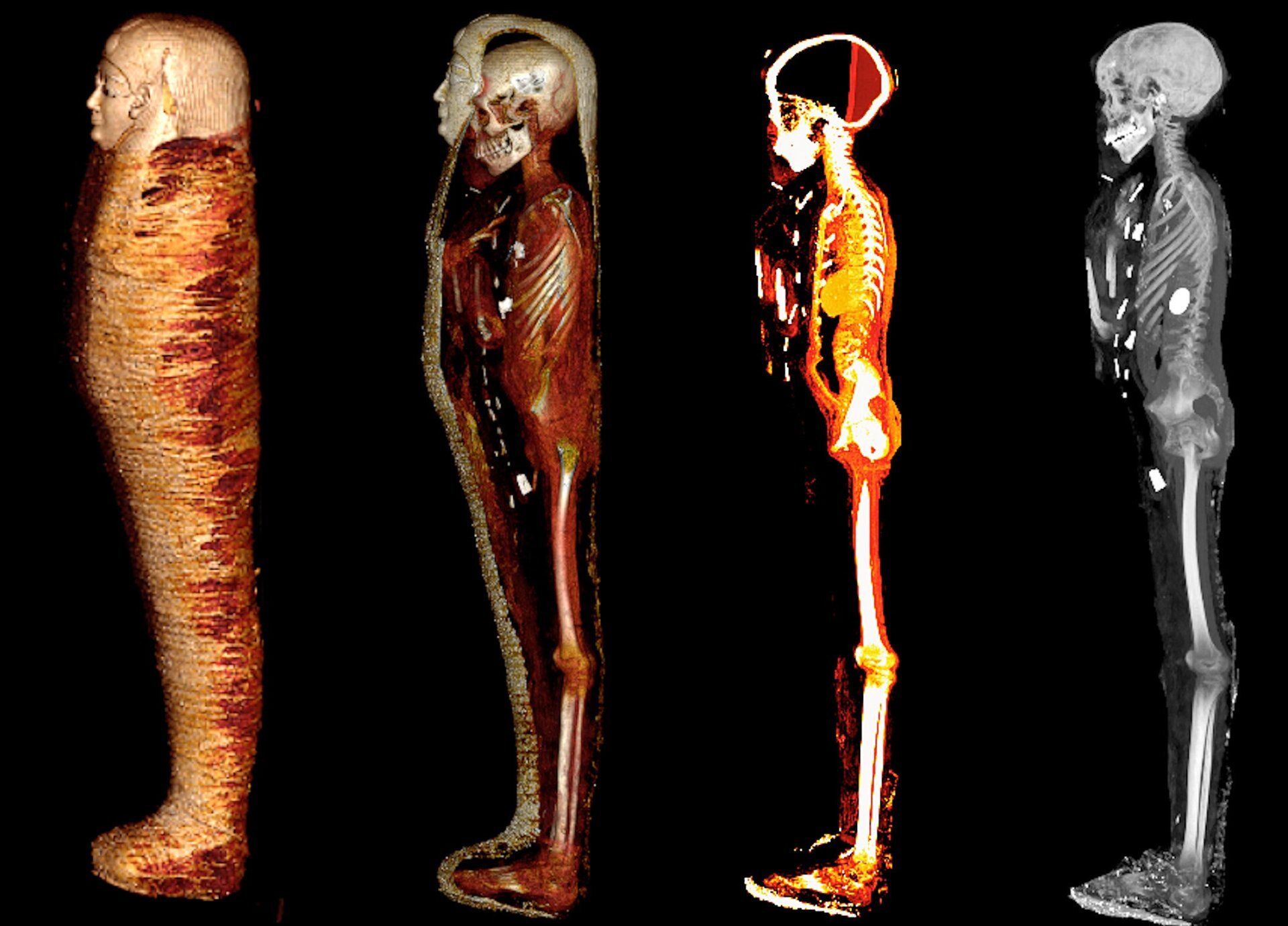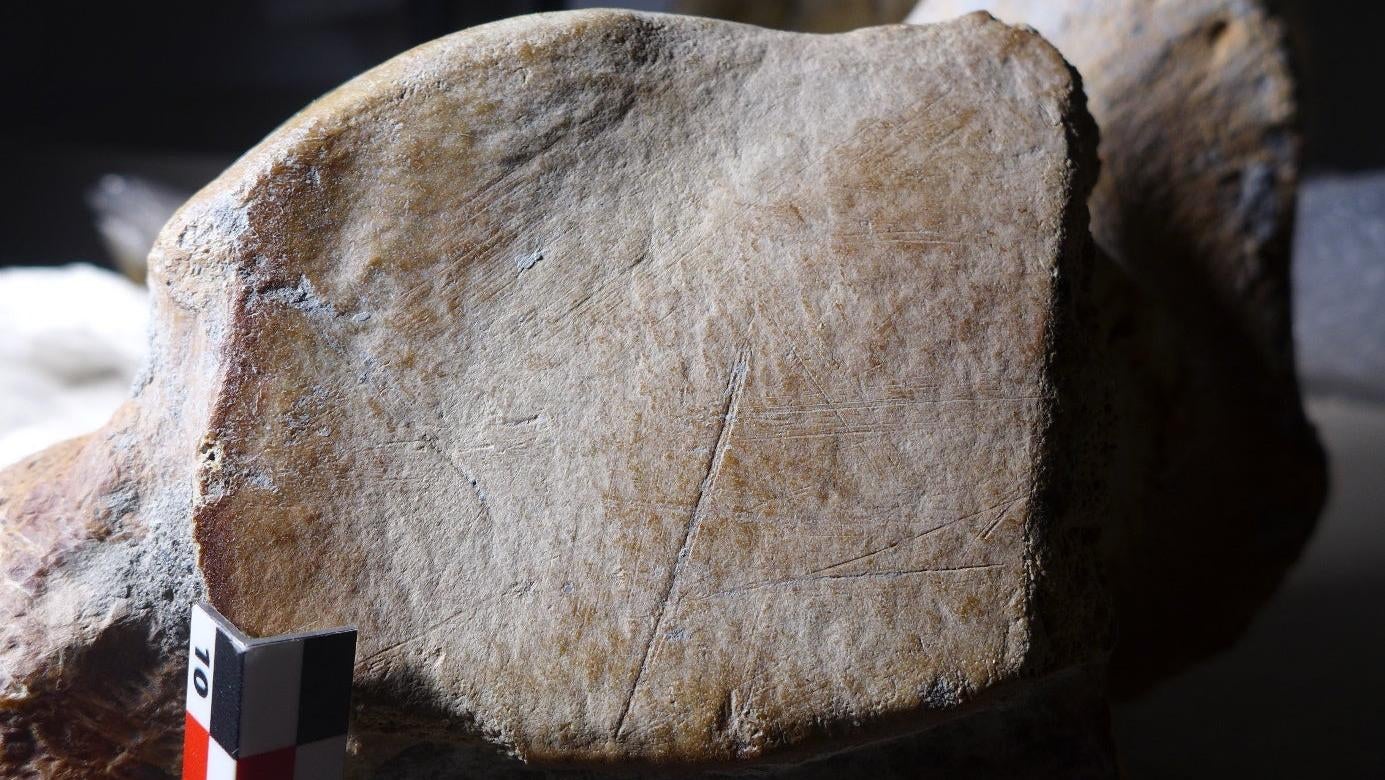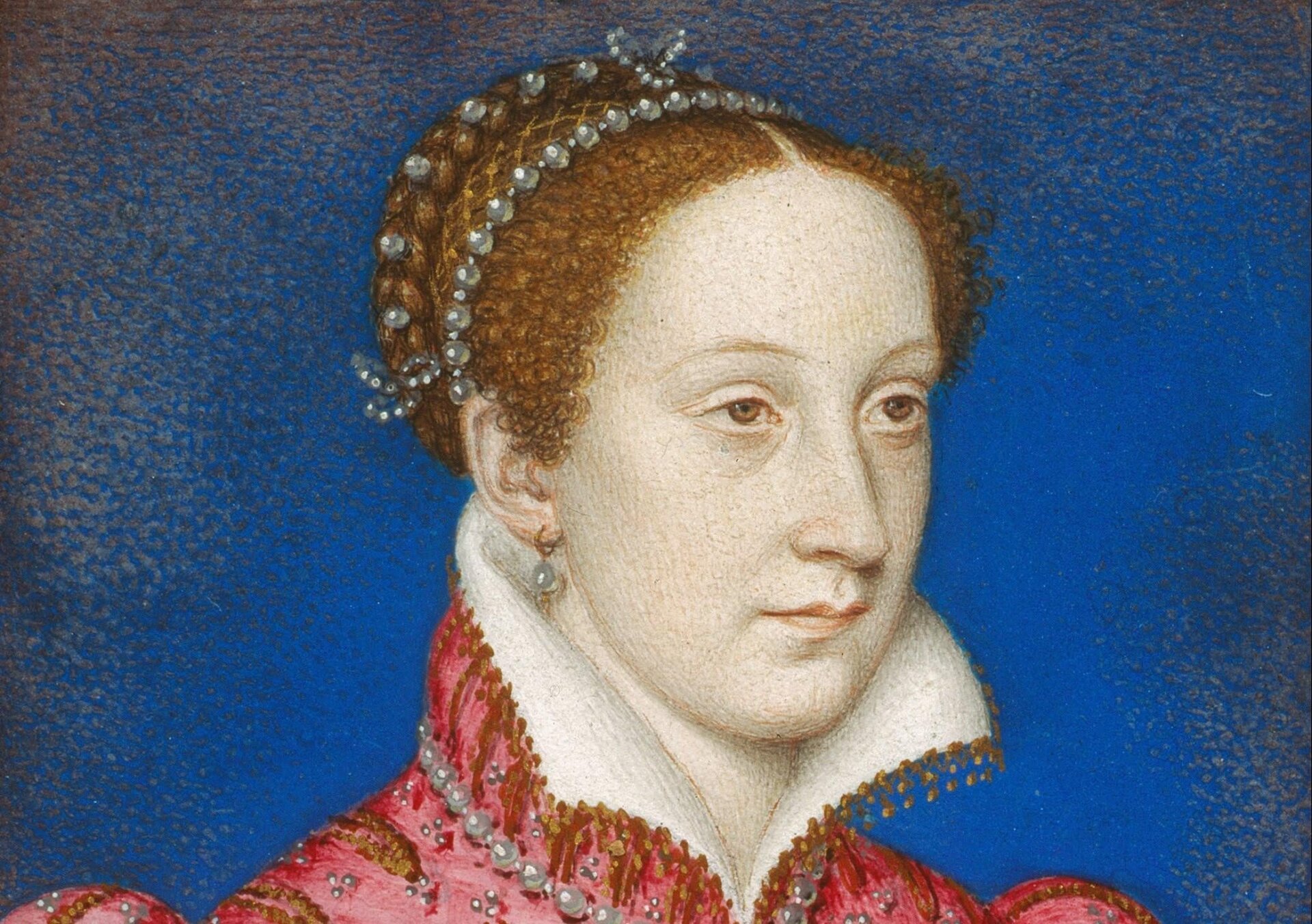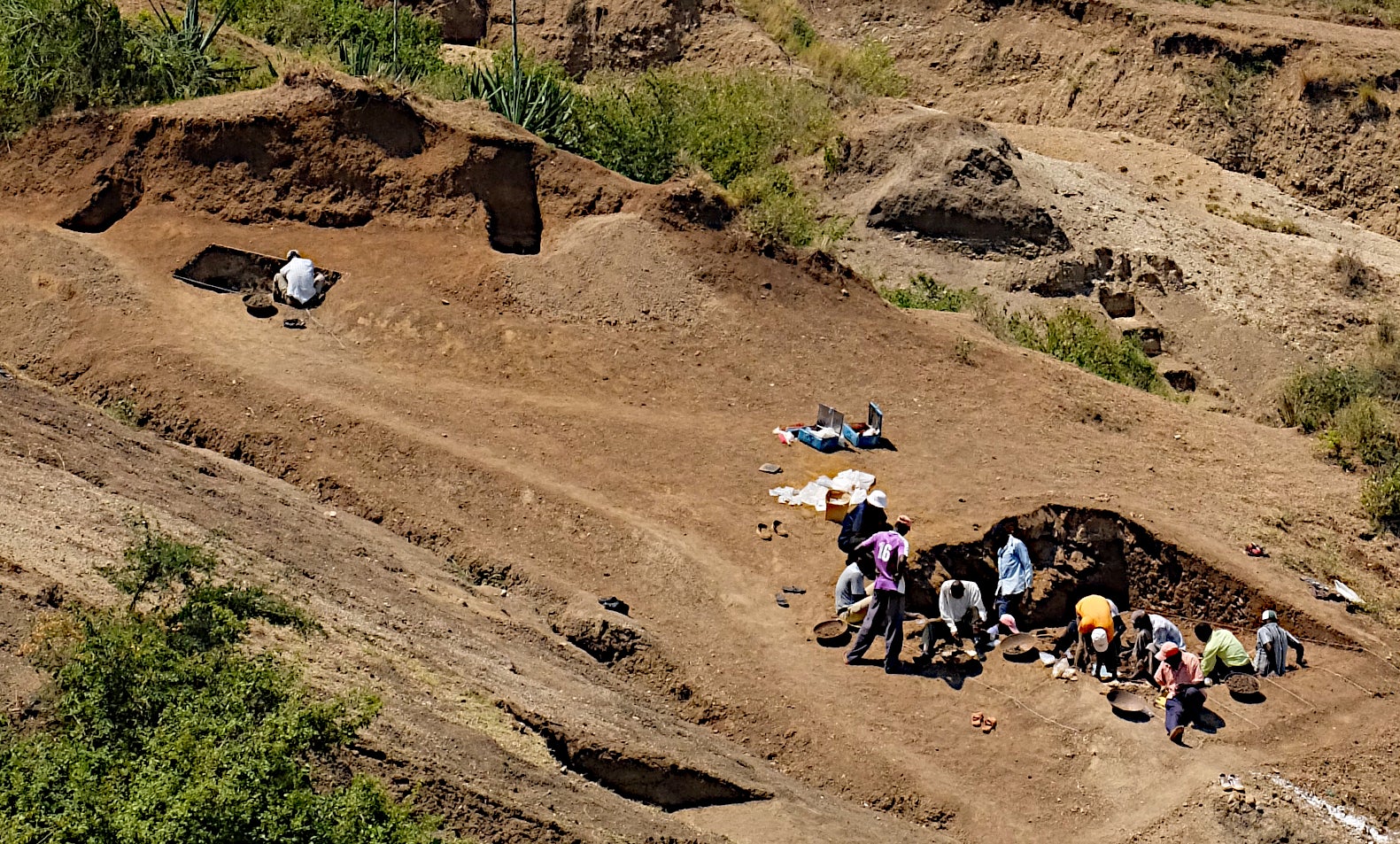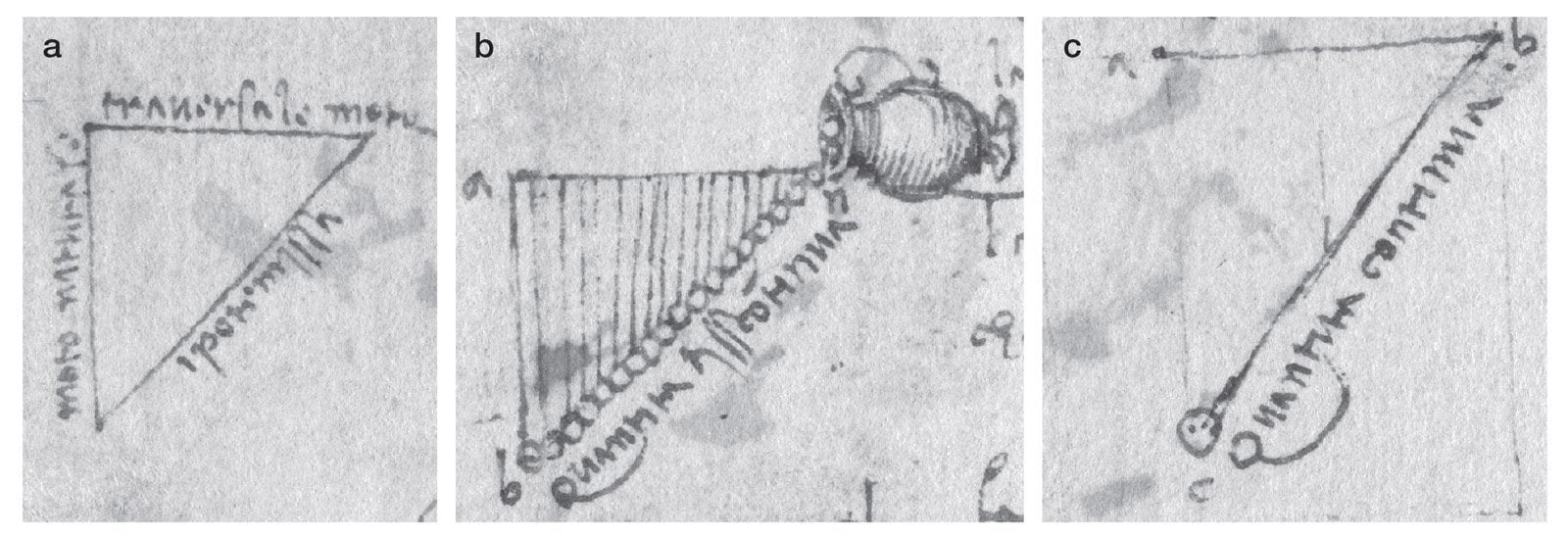Advanced imaging techniques have unveiled hidden medieval scribbles in an Oxford University manuscript, potentially connecting the text to a woman named Eadburg. Using photometric stereo, a technique that highlights surface details by emphasizing light and shadow, researchers discovered faint drypoint markings in the margins of a New Testament manuscript, MS. Selden Supra 30, a copy of the Acts of the Apostles. These markings, practically invisible to the naked eye, include lettering and doodles, offering a unique glimpse into the past.
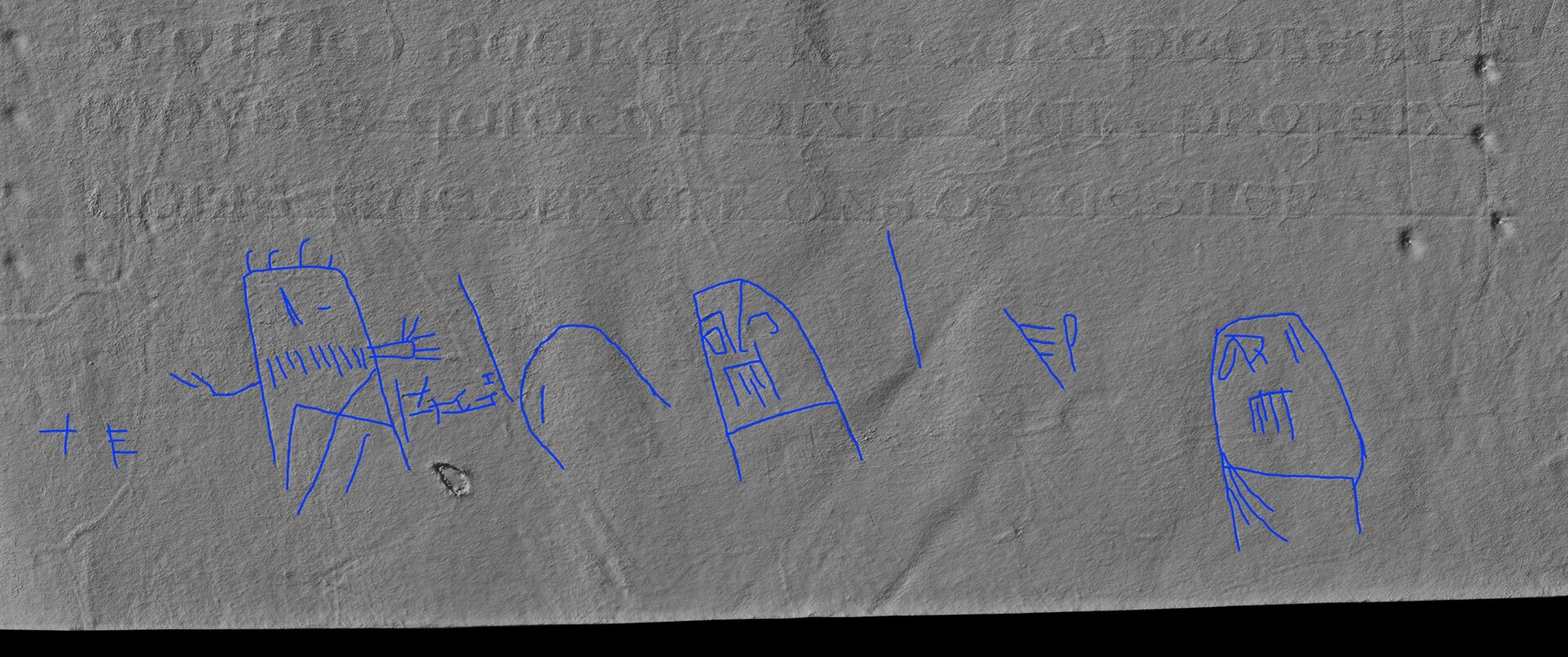 Alt text: Two humanoid figures with simple features doodled in the margin of a medieval manuscript.
Alt text: Two humanoid figures with simple features doodled in the margin of a medieval manuscript.
This discovery is part of the ArchiOx project, a collaboration between the Bodleian Libraries and the Factum Foundation, dedicated to preserving cultural heritage through digital technology. The manuscript, a compact volume measuring approximately 9 inches tall and 6 inches wide, contains the name “Eadburg” inscribed 15 times, a surprisingly frequent occurrence according to the Bodleian Library. In some instances, a small cross precedes her name, reflecting the biblical context of the text. While it remains uncertain whether Eadburg owned or simply read the book, the repetition of her name suggests a personal connection.
 Alt text: Close-up of a page from a medieval manuscript showing the name "Eadburg" written in the margin.
Alt text: Close-up of a page from a medieval manuscript showing the name "Eadburg" written in the margin.
Beyond the name inscriptions, the imaging team also found small figures doodled in the lower margins of several pages. One page features two figures with rudimentary facial features; one appears to have hair, while the other has arms, hands, and distinct fingers. These simple doodles add a touch of human personality to the ancient text.
Researchers have identified nine women named Eadburg recorded in England between the 7th and 10th centuries. One possibility is an 8th-century abbess from Kent, whose access to manuscripts makes her a plausible candidate. This theory aligns with the book’s history: the script style suggests it originated in Kent, and a shelf mark on the first page indicates its presence in the monastery of St. Augustine’s in Canterbury.
The survival of these delicate scribbles across centuries is remarkable. While the exact identity of Eadburg remains a mystery, her markings offer a fascinating connection to a medieval reader and a glimpse into the personal interactions people had with books even then.
Ultimately, the rediscovery of Eadburg’s name and doodles serves as a testament to the power of modern technology to unlock hidden histories and enrich our understanding of the past.



